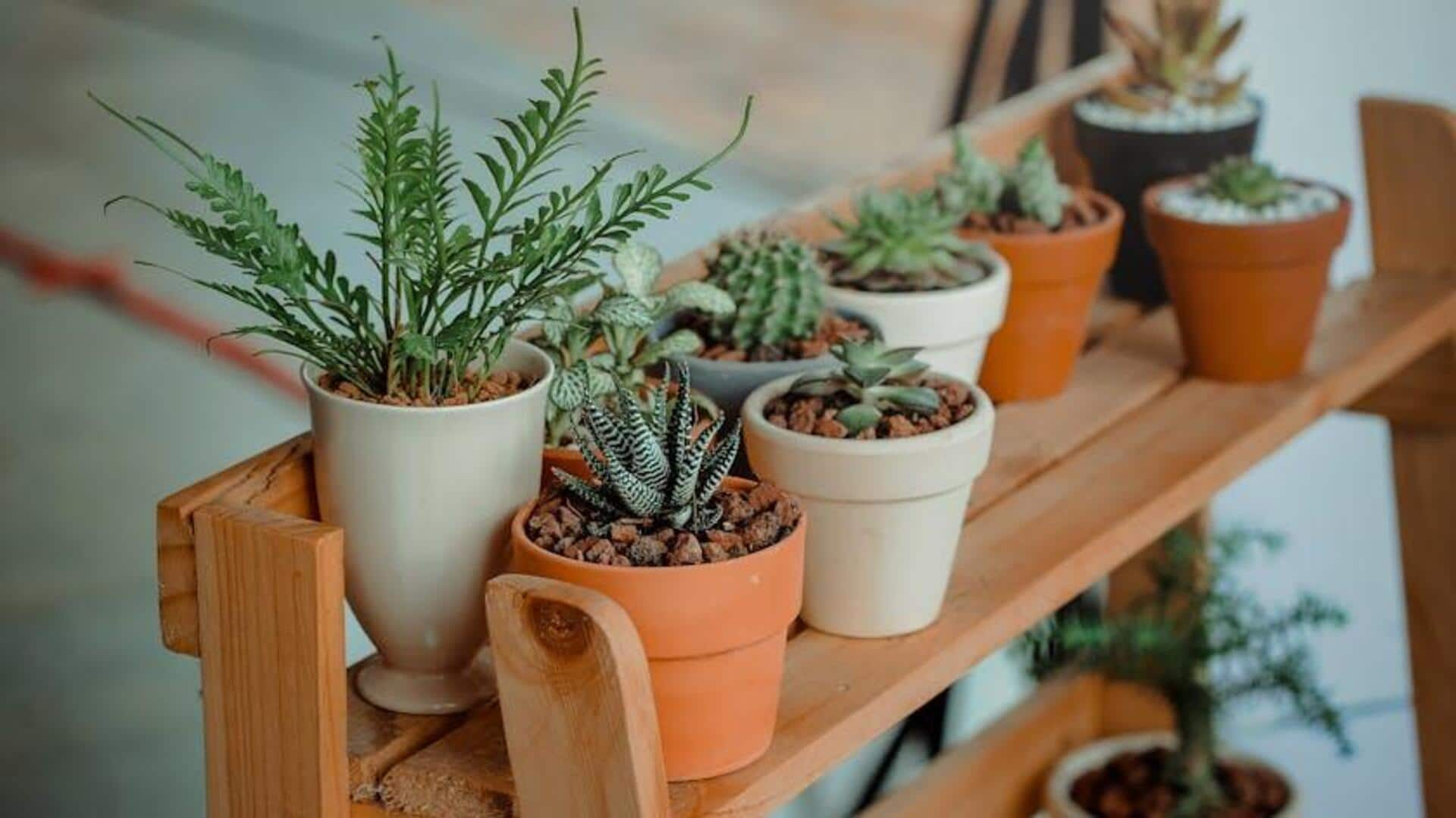
How to care for indoor plants in harsh conditions
What's the story
Caring for plants in extreme indoor conditions can be challenging, but with some right strategies, your green companions can thrive. Be it low light, dry air or fluctuating temperatures, knowing the specific needs of your plants is the key. Here are some practical insights to help you keep your indoor plants healthy and vibrant despite facing harsh conditions.
Plant selection
Choosing the right plants
Selecting plants that naturally adapt to low light or dry conditions is essential. Consider species like snake plants or pothos, known for their resilience in less-than-ideal environments. These varieties require minimal sunlight and are more tolerant of irregular watering schedules. By choosing the right types of plants from the start, you set yourself up for success in maintaining a thriving indoor garden.
Light adjustment
Managing light levels
Indoor lighting may be inadequate for many plant species. To overcome this, use artificial grow lights to complement natural light sources. Place these lights near your plants but not directly in contact to avoid overheating. Adjusting light exposure according to seasonal changes ensures that your plants receive sufficient illumination all year long.
Humidity control
Controlling humidity levels
Dry indoor air can really stress many houseplants, causing health problems. To deal with this, try setting up a small humidifier around your plant collection to increase the moisture levels around them easily. Or, a group of plants can increase humidity naturally via their transpiration process, creating a microclimate. Misting the leaves regularly can also help keep necessary humidity around your plants without overwatering the soil.
Temperature management
Regulating temperature fluctuations
Extreme temperature fluctuations indoors can take a toll on plant health. Keep your plants away from drafty windows and heating vents, where temperature fluctuations are common. Use insulating materials like curtains or blinds during colder months to help keep room temperatures stable and shield sensitive foliage from cold drafts.
Watering strategy
Proper watering techniques
Overwatering is another common mistake that people make while taking care of plants under extreme conditions. Make sure that your pots have proper drainage holes and use well-draining soil mixes suited for the needs of each plant type. This way, you can avoid root rot while keeping your plants sufficiently hydrated by monitoring soil moisture levels before watering again, depending on individual plant needs.